Tar Temple Scenic Area
Pictures From:, the founder of the Yellow Religion, the Tibetan language is called "Panbenxian Bahrain", which means "Maitreya Temple with 100,000 lions roaring Buddha statues". It is located in Lushaer Town, Huangzhong County, 25 kilometers southwest of Xining City, Qinghai Province, and is a national AAAAA-level tourist attraction
Tar Temple is the activity center of Tibetan Buddhism in Northwest China. It enjoys a great reputation in China and Southeast Asia. The central government of all dynasties highly respected the religious status of Tar Temple. The Ming Dynasty awarded many titles to religious figures in the upper class of the temple. Emperor Kangxi of the Qing Dynasty awarded the plaque of "Jing Shang Jin Liang", Emperor Qianlong awarded the title of "Fanzong Temple", and the plaque of "Sanskrit Law Building" for Dajinwa Temple. The Third Dalai Lama, the Fourth Dalai Lama, the Fifth Dalai, the Seventh Dalai, the Thirteenth Dalai, the Fourteenth Dalai and the Sixth Panchen, the Ninth Panchen and the Tenth Panchen have all carried out religious activities in the Tar Temple.
Butter flowers, murals and embroidery are known as the "Three Great Arts of Tar Temple". In addition, many Buddhist classics and academic monographs on history, literature, philosophy, medicine and legislation are also collected in the temple. The annual Buddhist activities "Four Great Law Clubs" are even more lively. The butter flower sculpture of Tar Temple is also lifelike and famous far and near.
Tar Temple is one of the six major monasteries of the Gelu Sect of Tibetan Buddhism in China. It is also one of the most famous historical sites in Qinghai Province and the key cultural relics protection unit in China. April 13, 2018, was included in "Magic Northwest 100 Scenes".
Stamp Stamps
On May 5, 2000, China issued a set of four stamps for "Tar Temple"
New rules for Tourism
Starting in 2018, the Tar Monastery Scenic Area has required visitors to wear clothes. It stipulates that visitors must wear long clothes and skirts for sightseeing. It also stipulates clearly the behavior and behavior of visitors. If the clothes are too exposed, they will not be able to visit.
tourist resources
Three arts
The butter flowers, murals and embroidery in Tar Monastery are known as "three masterpieces of art".
Murals
The murals are paintings on the walls of the palaces. Most of them are painted on cloth mantles, and some are directly painted on walls and beams. The mural paints are made of stone minerals, which are bright and durable. The style of mural painting belongs to the Lamaist religious painting department. It is different from the Han painting and has a strong Tibetan flavor. Most of the murals are based on the Buddhist scriptures of Huang Mi-cheng. The plot of the murals belongs to the content of Huang-cheng, and most of the characters belong to the doctrine of Mi-cheng.
Butter Buddha
Butter flower is a kind of oil-plastic art made of butter (hand-made butter) springboard with various colors and pigments. According to legend, butter flowers originated in Tibet. When Princess Wencheng of Tang Dynasty married King Songzan Ganbu of Tubo, she brought a Buddha statue from Chang'an to be worshipped in Dazhao Temple of Lhasa. In the cold winter, there were no flowers to offer Buddha. In order to show respect, believers made flowers from butter and worshiped them in front of the Buddha statue. Since then, it has become the custom of the Tibetan people. In 1594, butter flowers were introduced to Tar Temple. After painstaking study by the artistic monks of the temple, they made new development in subject matter and technology, and became a unique superb oil sculpture art of Tar Temple. Every year, on the 15th Lantern Festival of the first lunar month, artistic monks display elaborate butter flowers in the temple, becoming an annual monastery event.
Embroidery
Pile embroidery is one of the original Tibetan art varieties in Tar Temple. It uses various kinds of satin to cut into various shapes, such as Buddha statues, figures, flowers, birds and animals. It is enriched with wool or cotton, and then embroidered on the cloth mantle. Because of the protrusion in the middle, it has a distinct stereoscopic feeling. In the main hall of this temple, there are many embroidery artistic products such as "Eighteen Arhats". Stacked embroidery includes embroidery and clipping. Its contents and themes mostly come from Buddhist stories and religious life. It is the original traditional art of the temple and the masterpiece of monk art.
Main festivals
Tar Temple is a very famous temple in Tibet. The most attractive one is the annual sun-drying of Buddha or Tangka, also known as "Exhibition of Buddha Festival" and "Exhibition of Buddha", which invites the huge statues of Buddha placed for one year to be displayed in the open air. On the one hand, from the perspective of protection, it is mildew-proof and insect-biting. More importantly, it is a special way for monks and religious people to worship and provide for Buddha ancestors. The Buddha statue is actually a special Thangka, which is a rare rarity in scroll painting. On the day of Buddha exhibition, when the first ray of light from the East shines on the earth, it is the best time for the Buddha to unfold. Therefore, Buddha exhibition is also called sun Buddha. Sunning the Buddha is held twice a year on the 4th and 6th lunar calendar, which means to commemorate the birth of Sakyamuni, Taoism, Nirvana and Maitreya, and Zongkaba, Nirvana. By sunning the Buddha, believers can look up to Buddha statues, bathe Buddha's grace and prevent the Buddha statues from being decayed. There are four huge embroidered Buddha statues in Tar Monastery, namely "Lion roar", "Sakyamuni", "Zongkaba" and "Diamond Sava". They are only sunned one at a time and are displayed on the hillside of the monastery. The ritual of sunning Buddha is very solemn and spectacular.
The Lamas of Tar Monastery will concentrate on making preparations for the sun-drying of the Buddha in the early morning. Then they will carry huge Buddha statues along the mountain road beside the monastery and walk to the top of the mountain. Then they will lay huge Buddha statues (Datangka) down the hillside and at the foot of the mountain. At that time, huge Buddha statues will be displayed in front of thousands of people who come to visit.
After the "sun-drying Buddha" is over, the God dancing will be held in the square of Tar Temple. Lamas will take various masks and dance various religious dances. While dancing gods, lamas also chant prayers and perform Tibetan operas, which is the annual stage for the temple to perform religious art.
Pictures From:
http://bbs.fengniao.com/forum/10443070.html
http://bbs.fengniao.com/forum/10547101.html
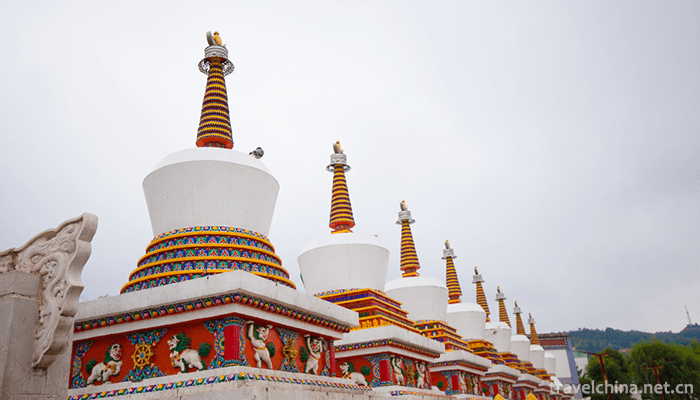
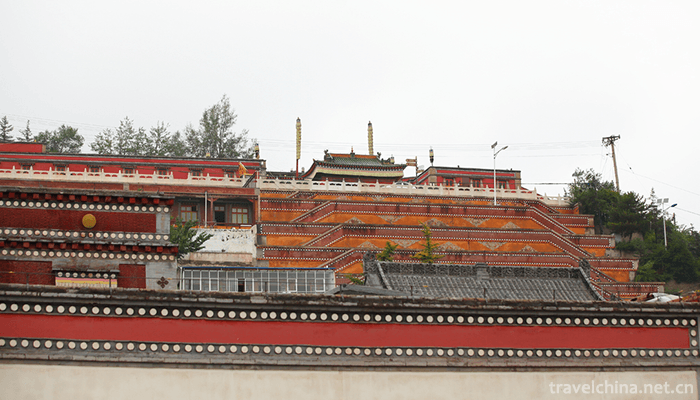
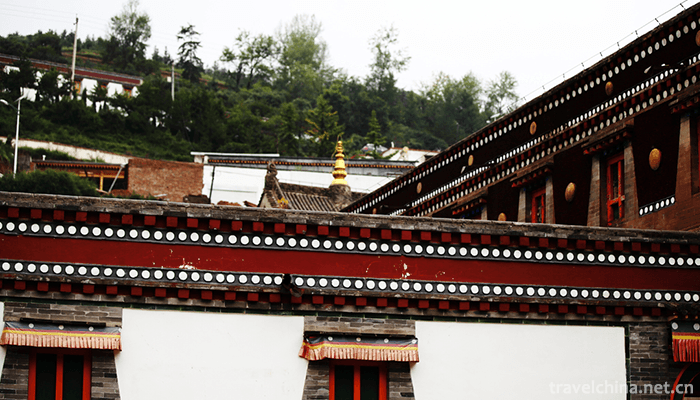
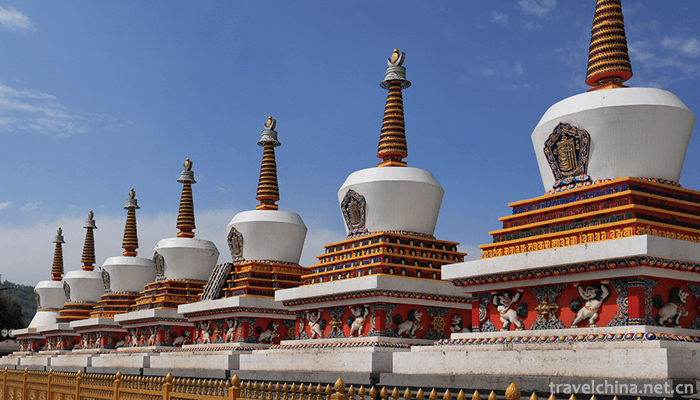
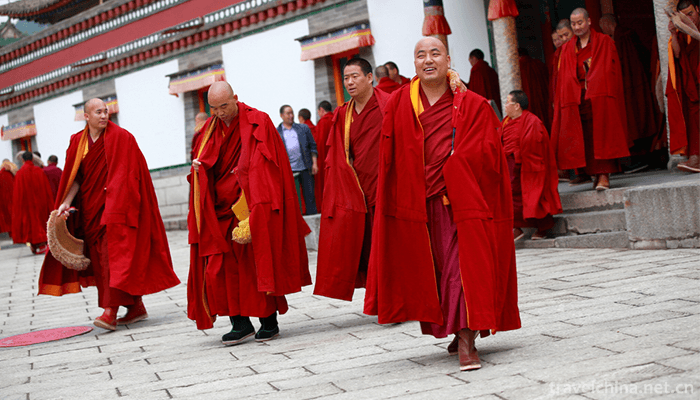
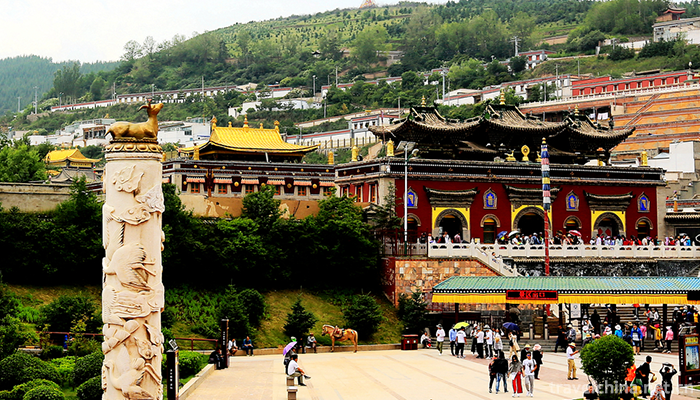
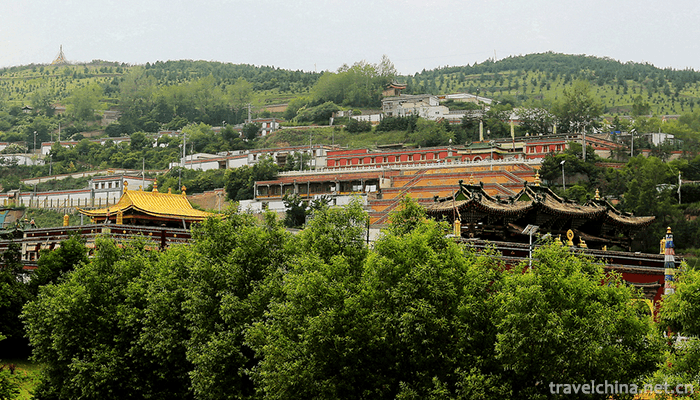
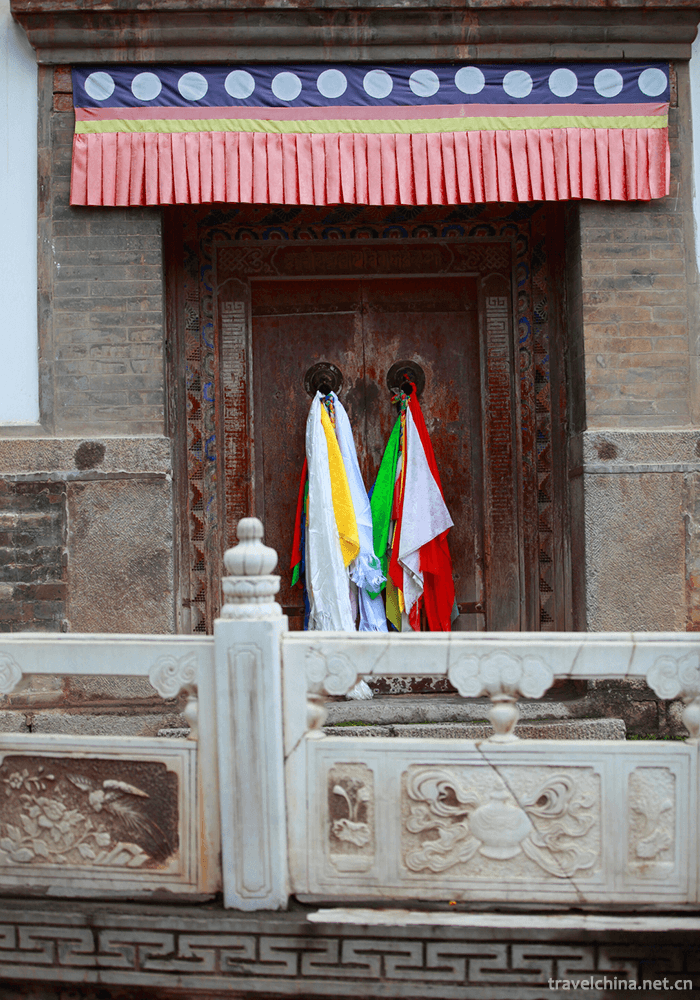
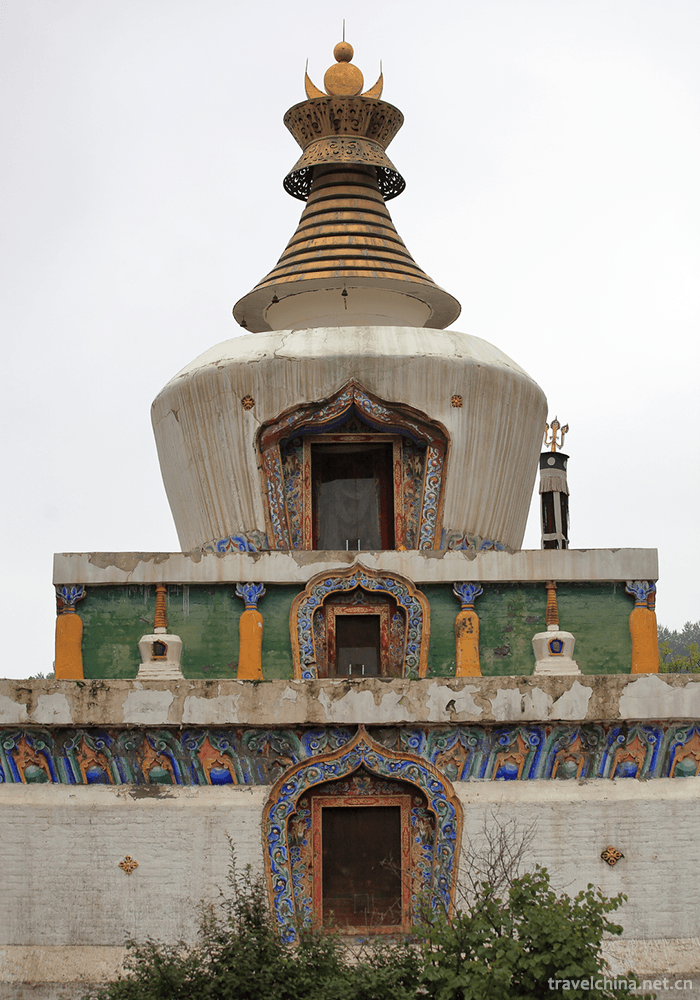
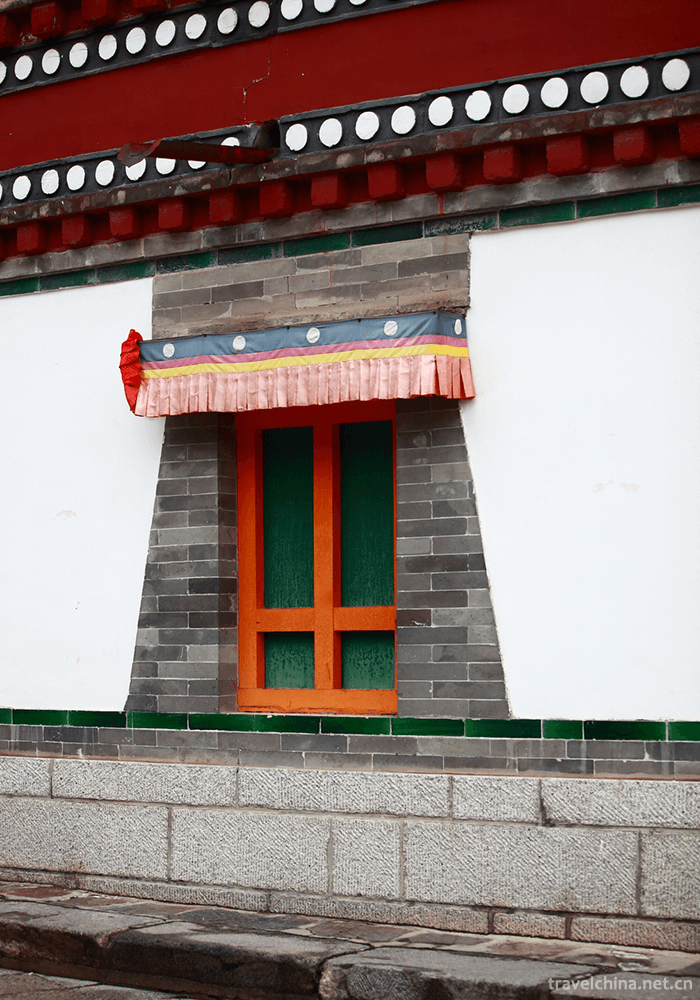
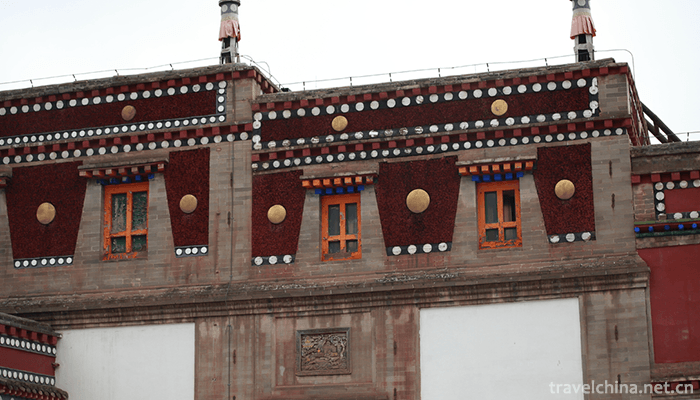
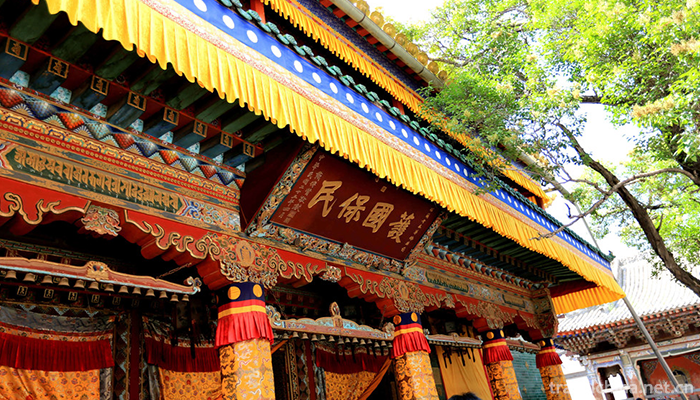
0 Questions
Ask a Question
Your email address will not be published.